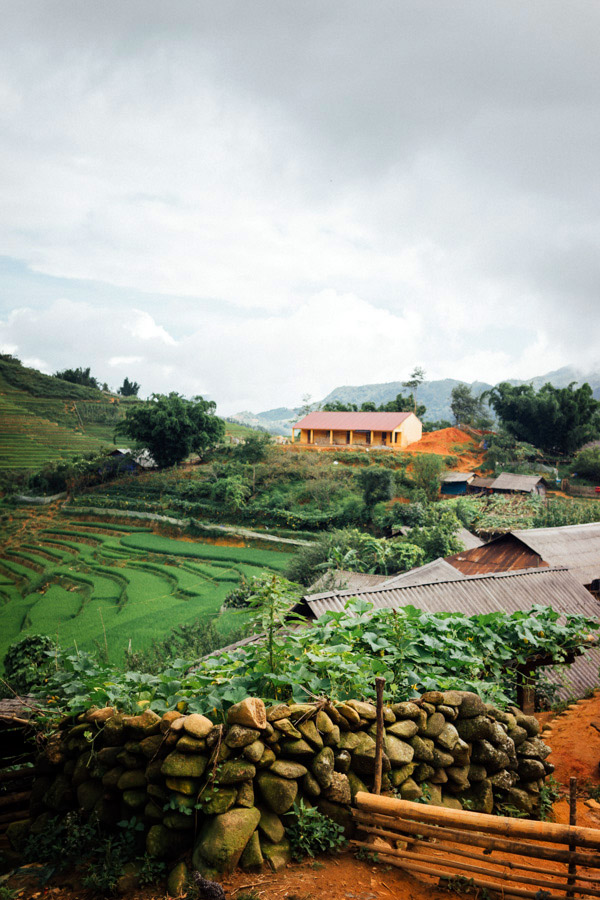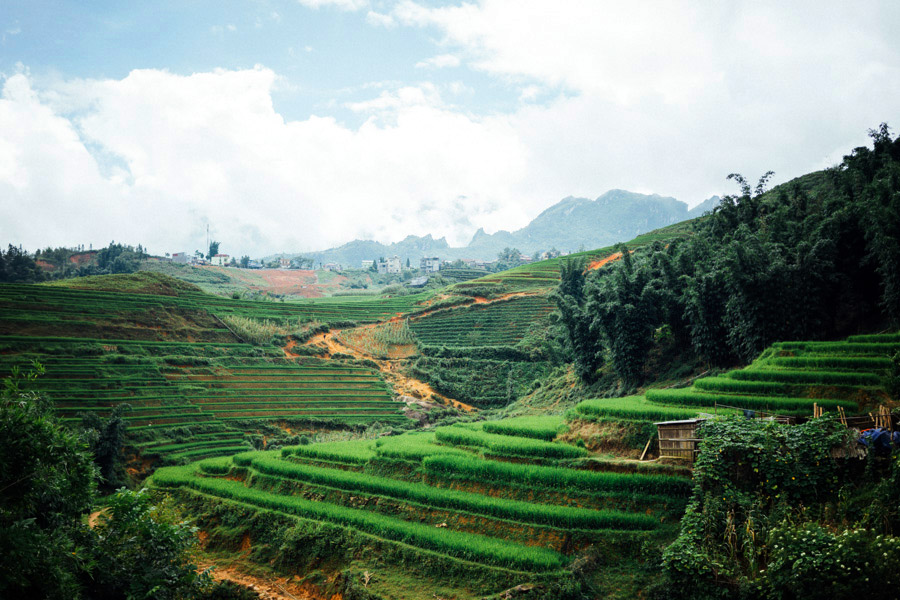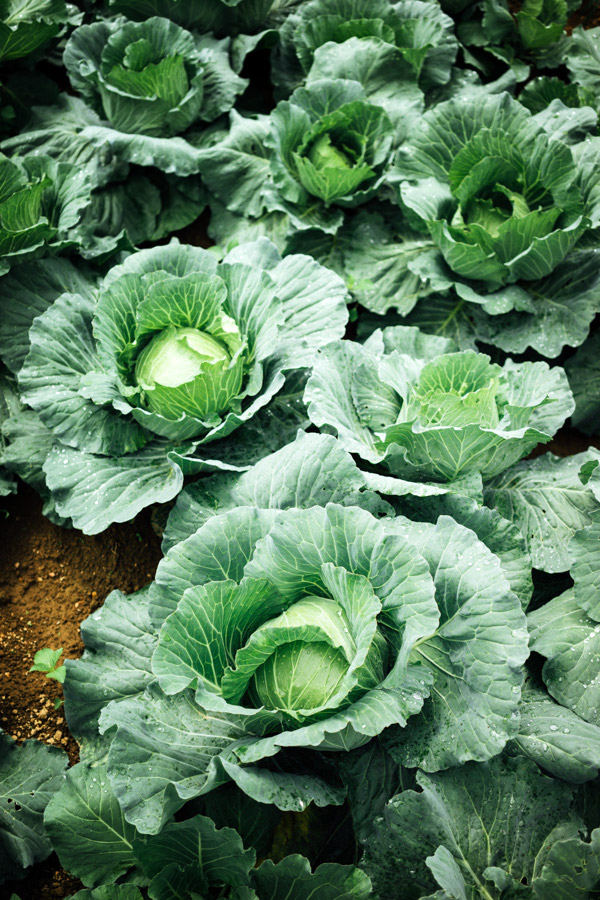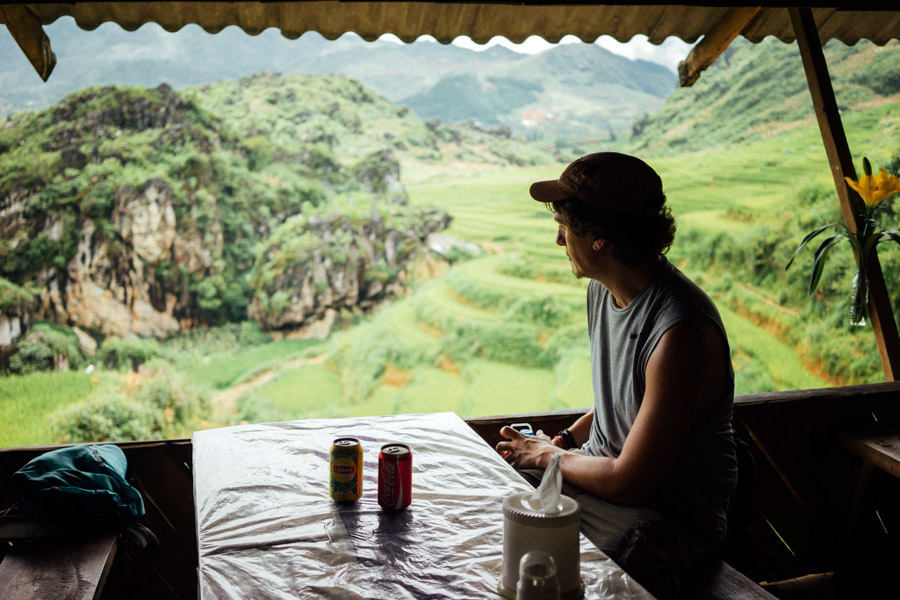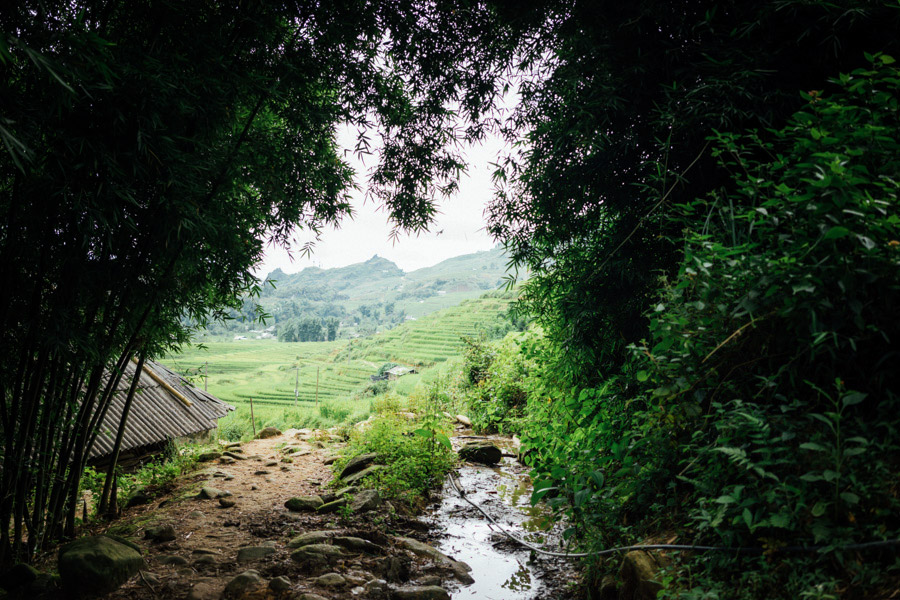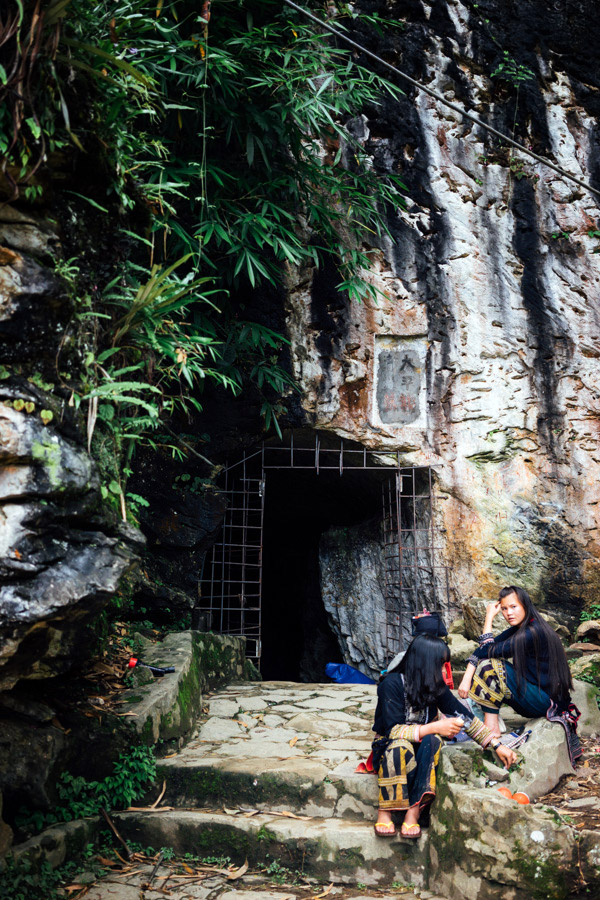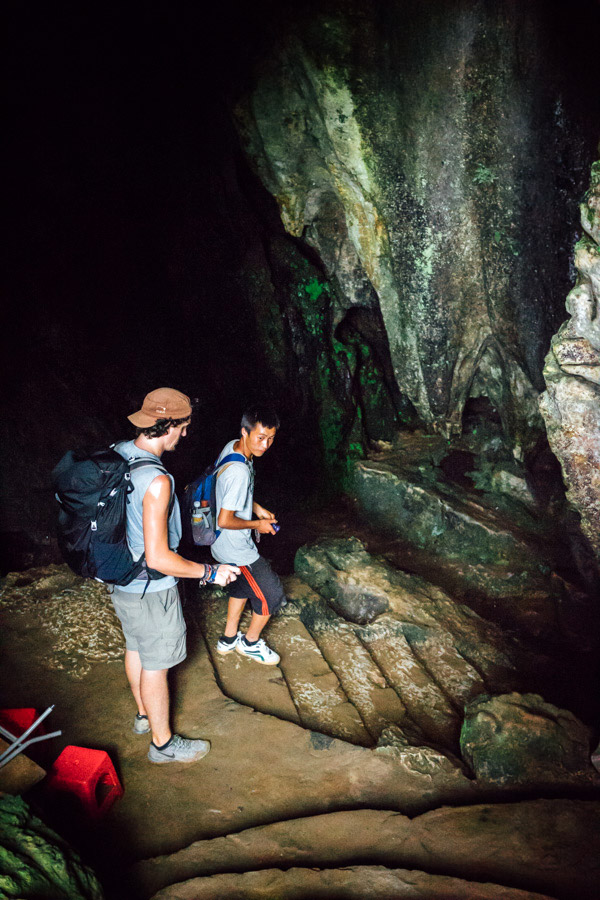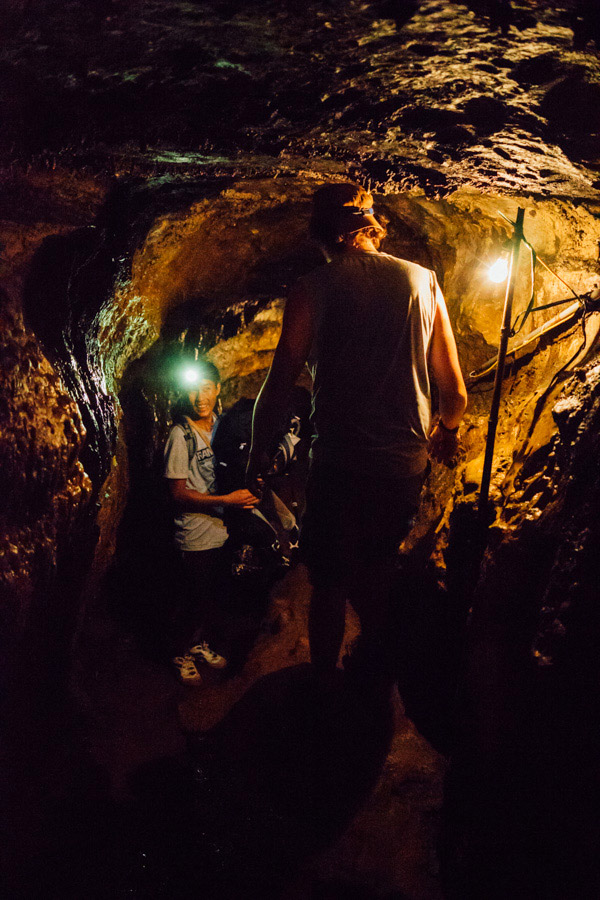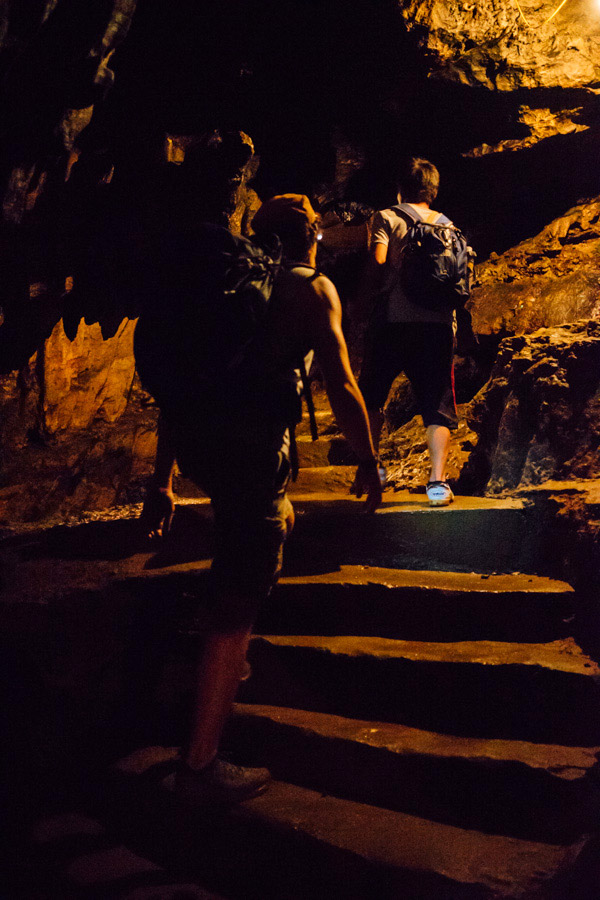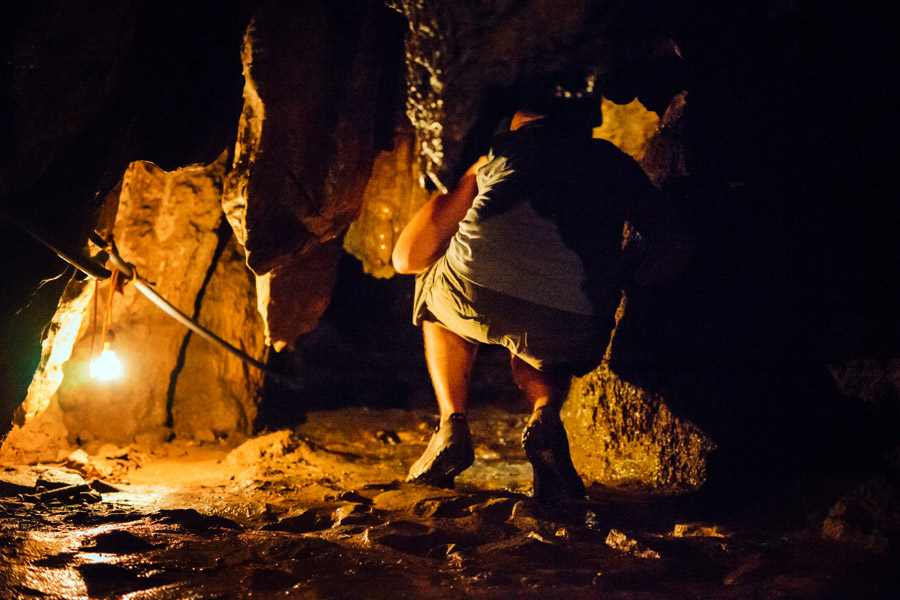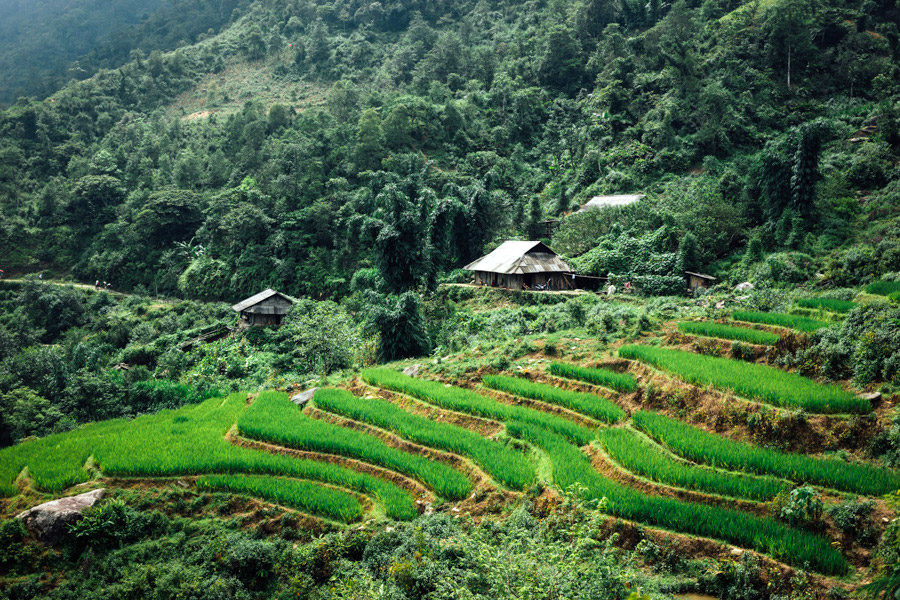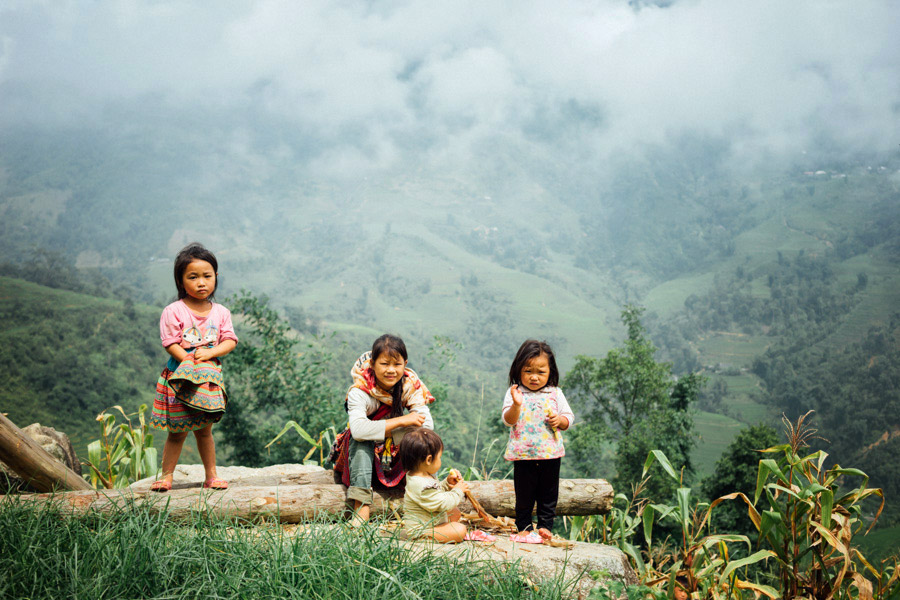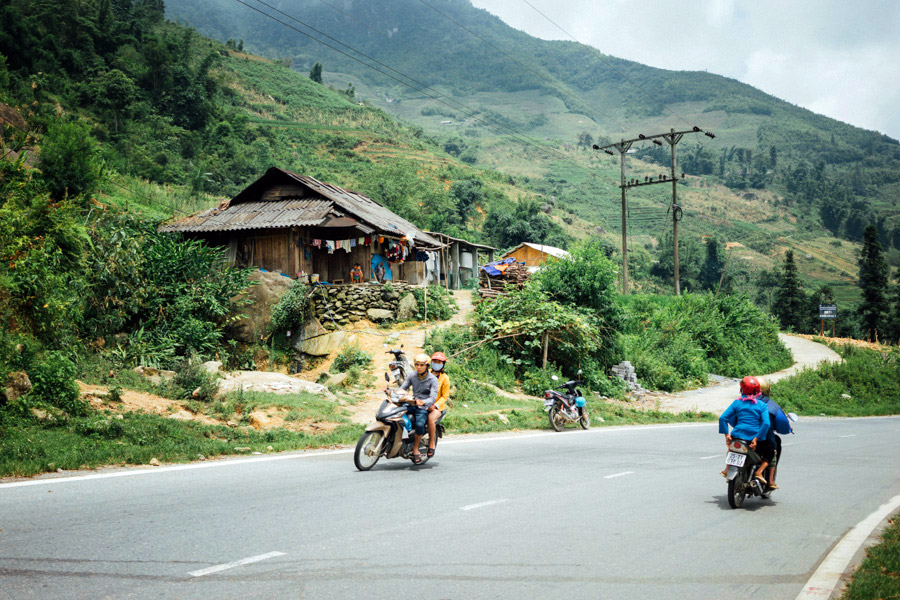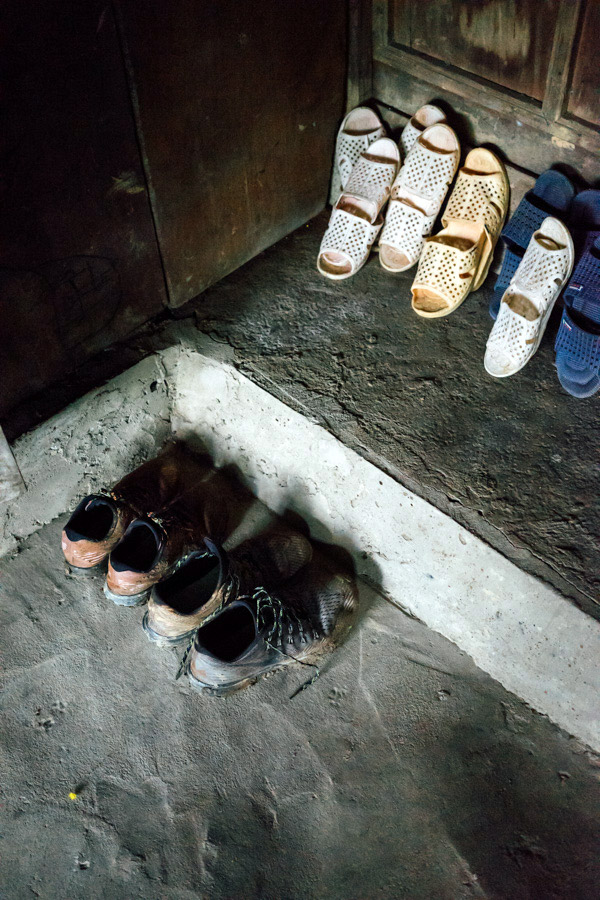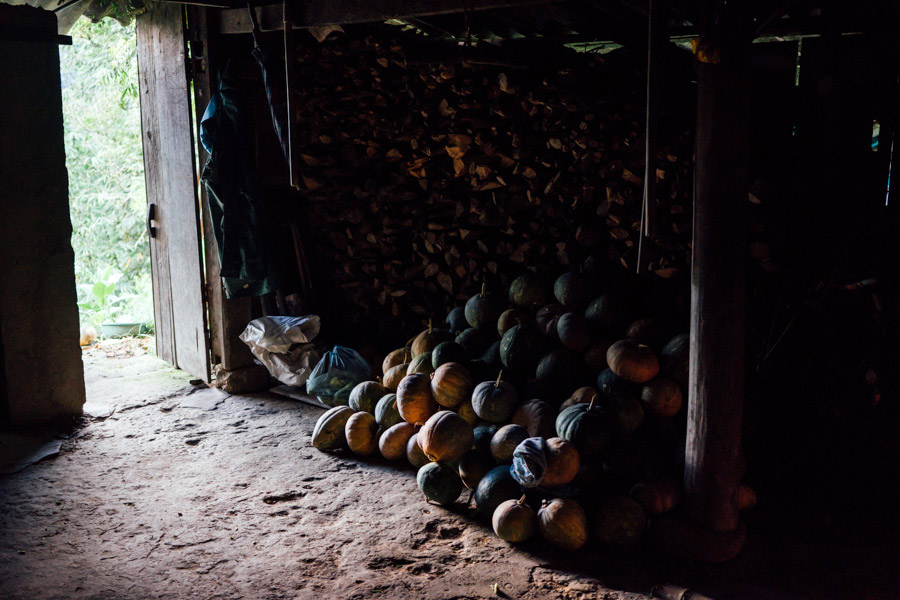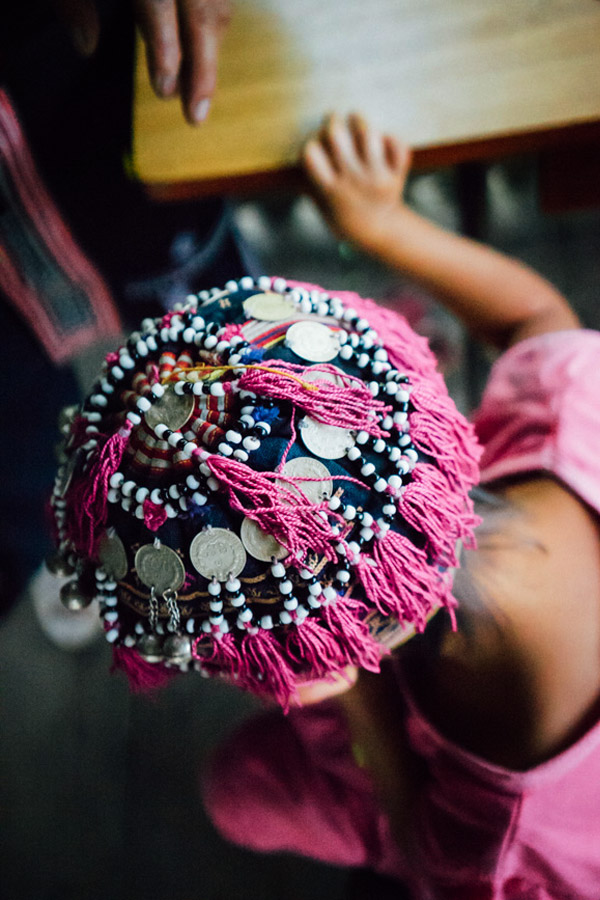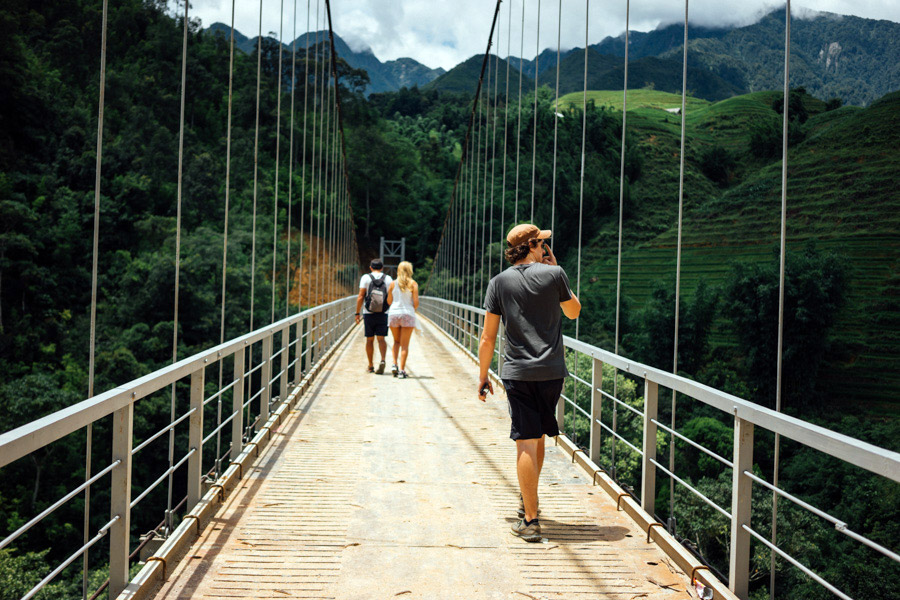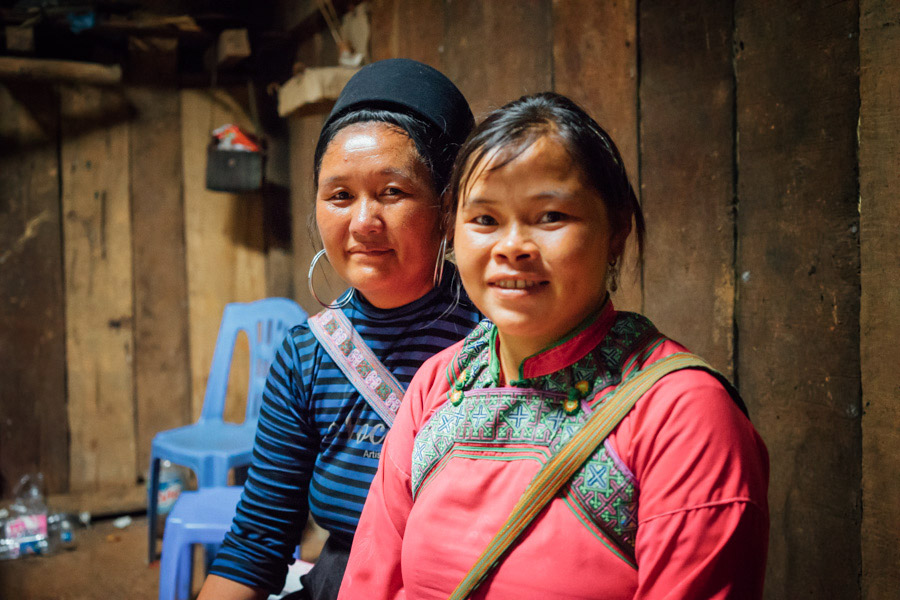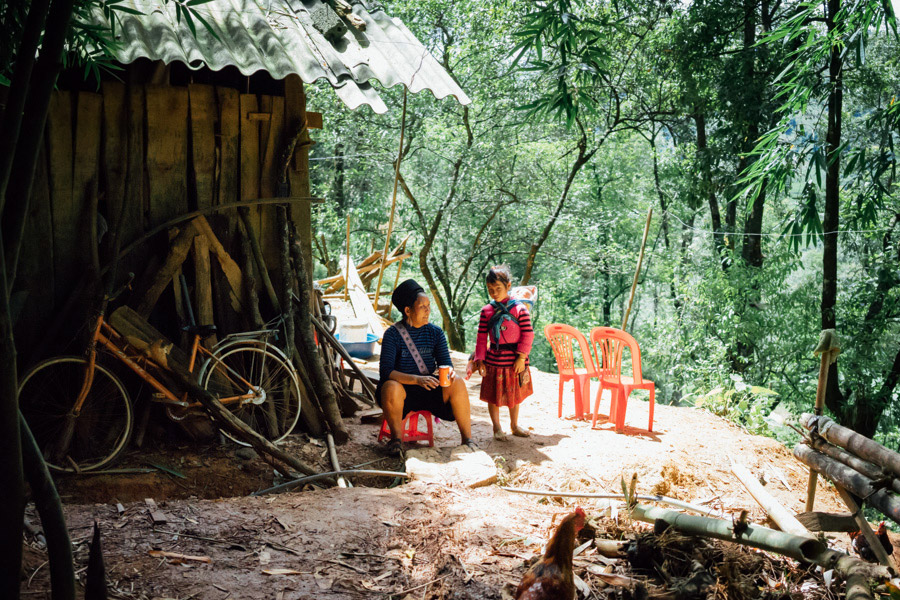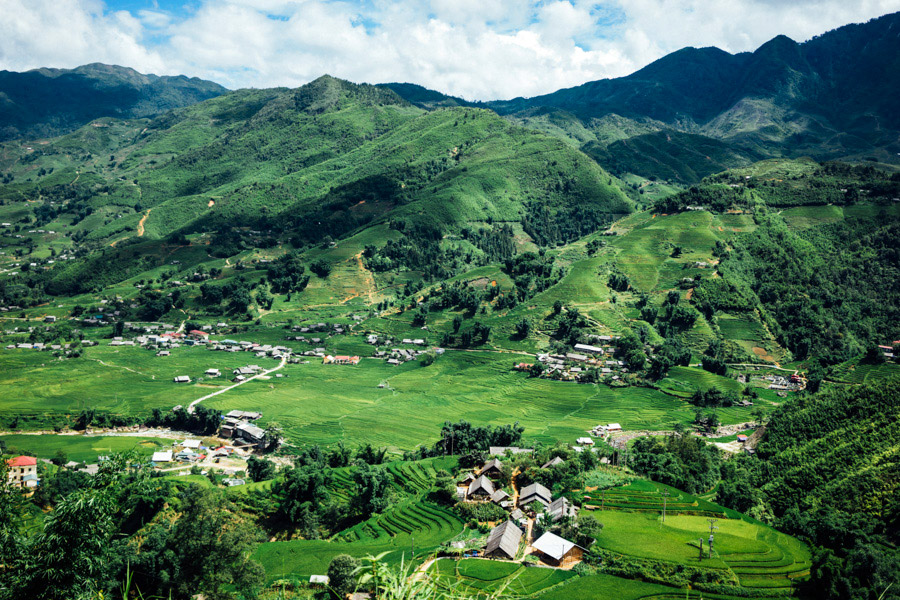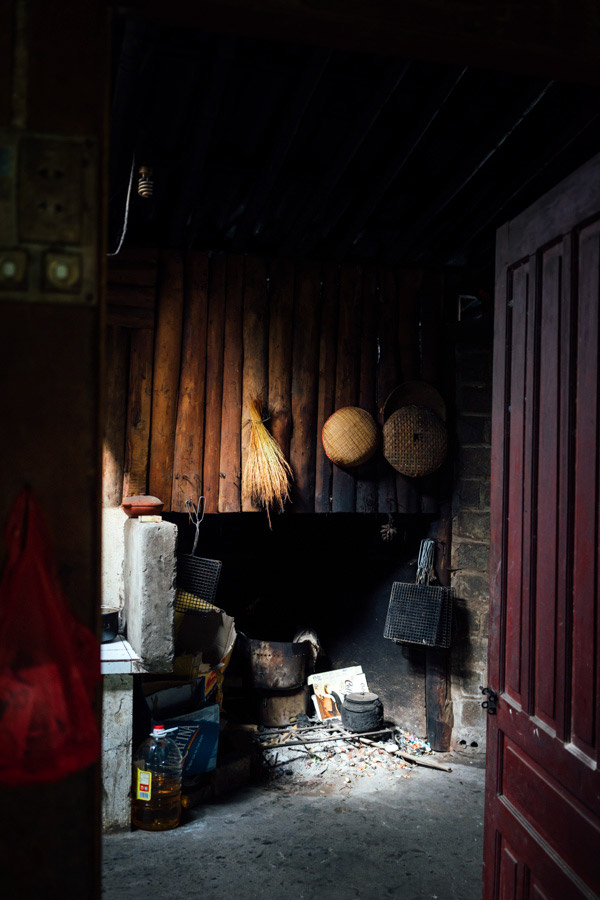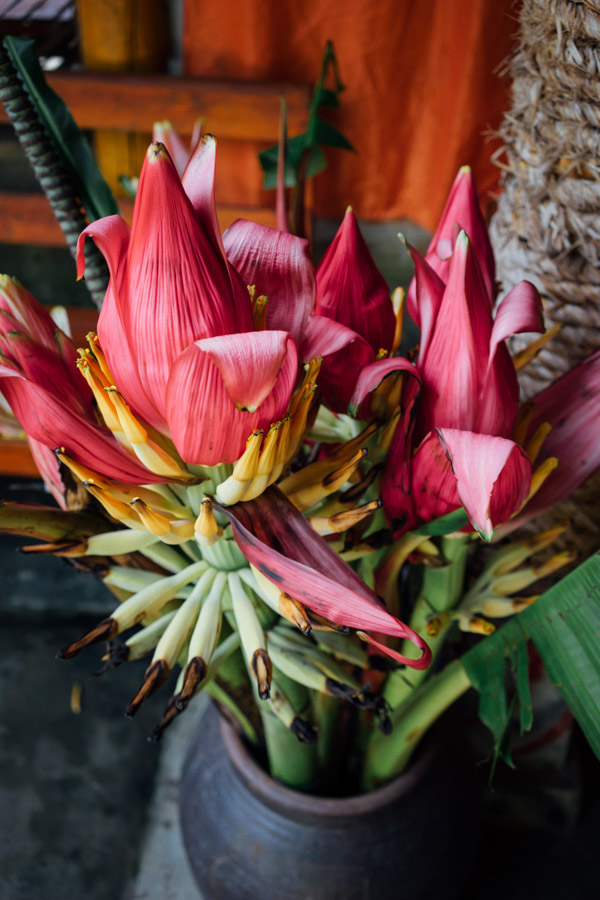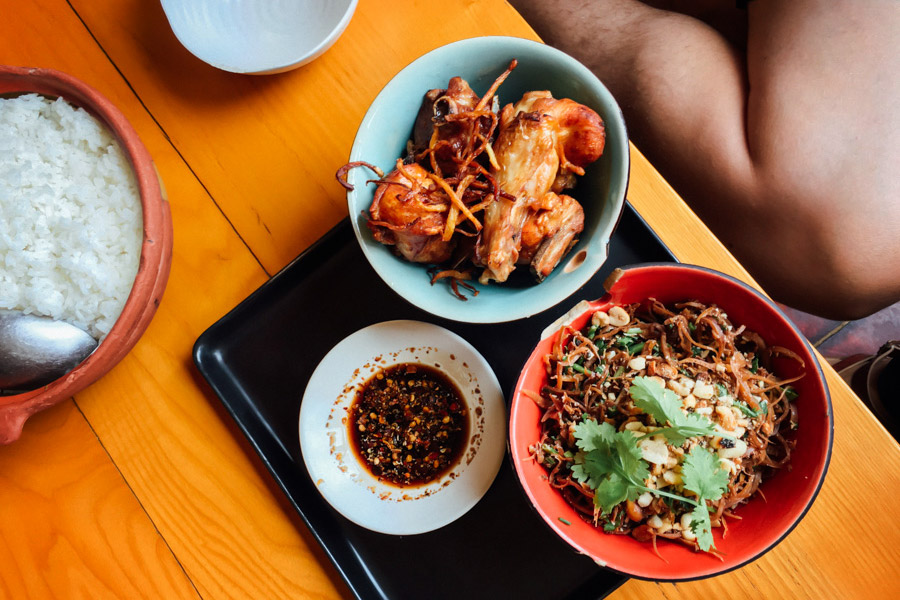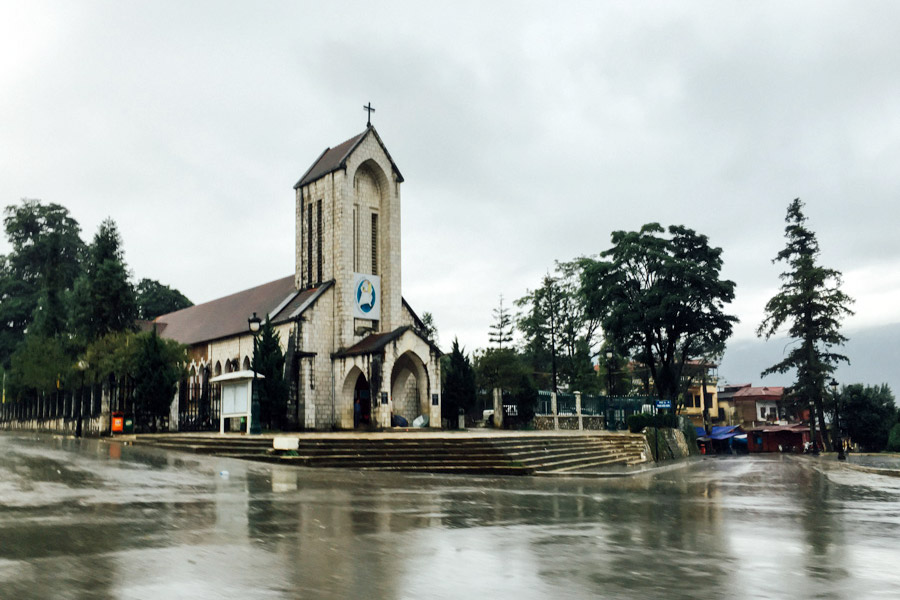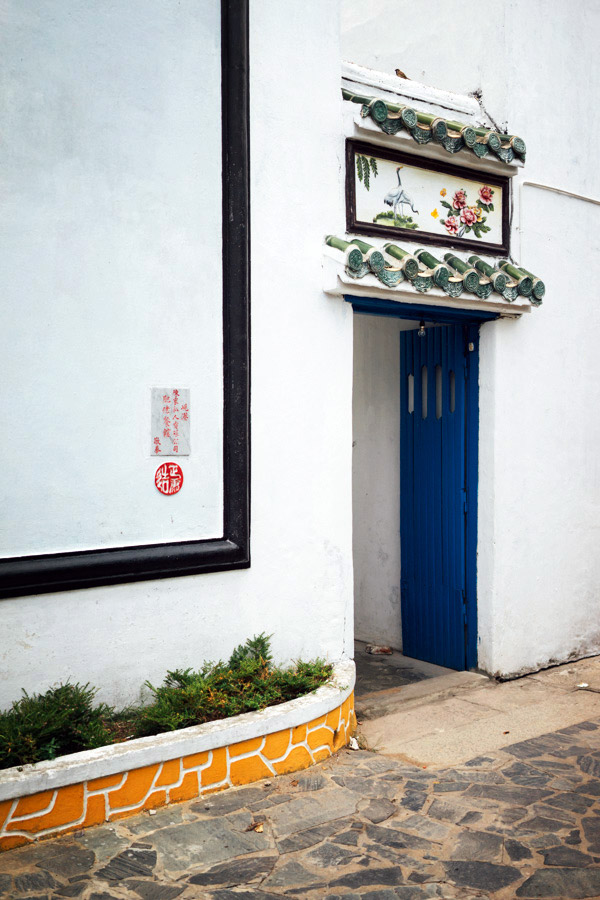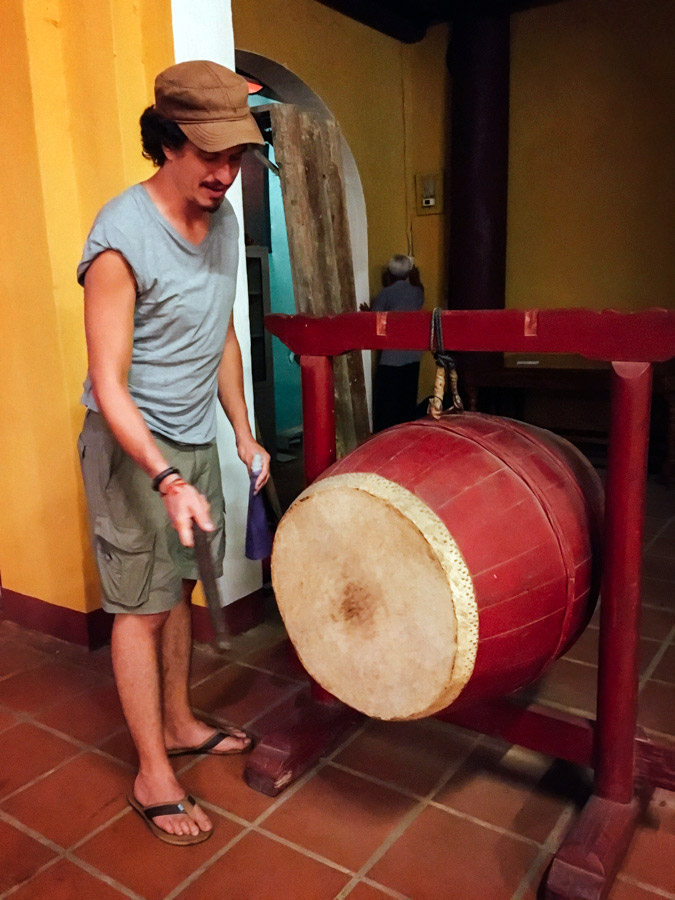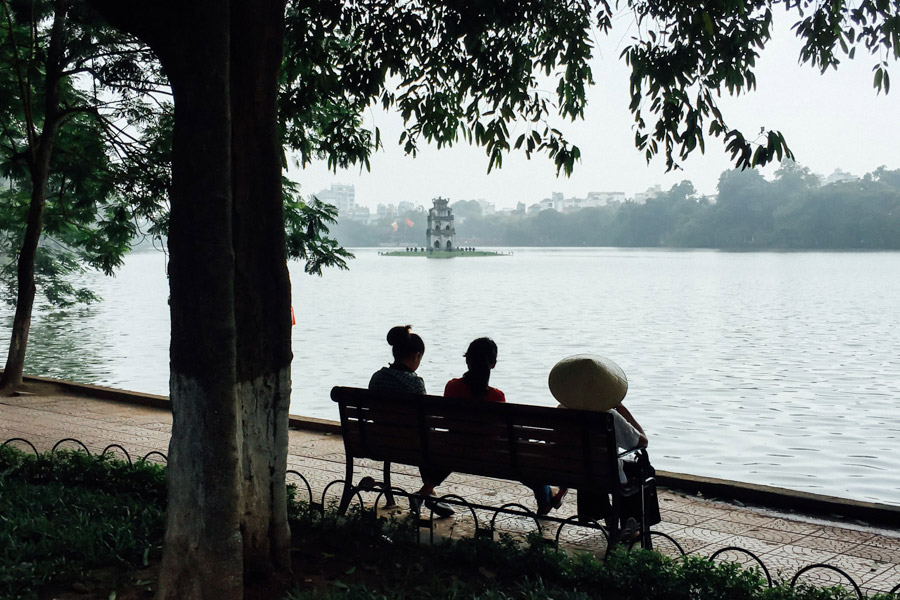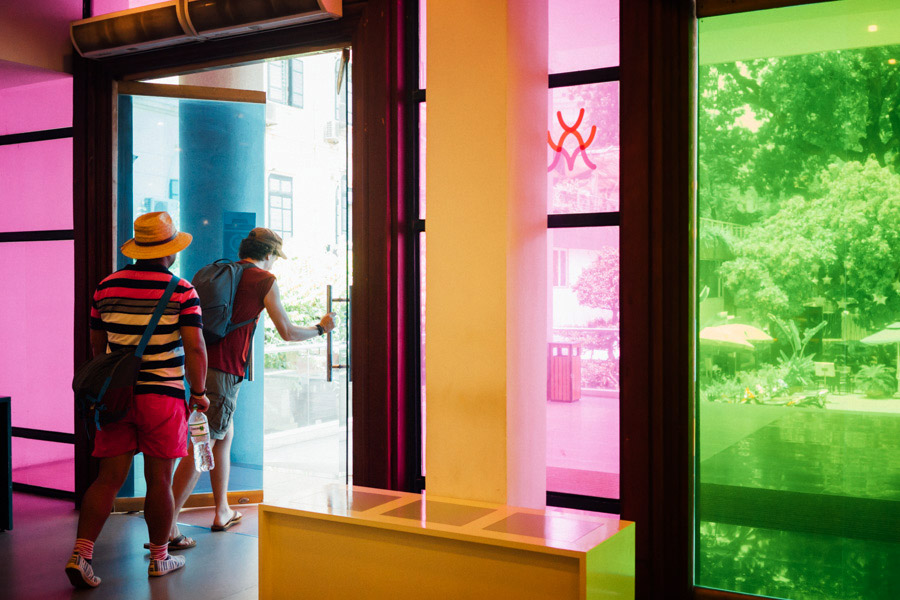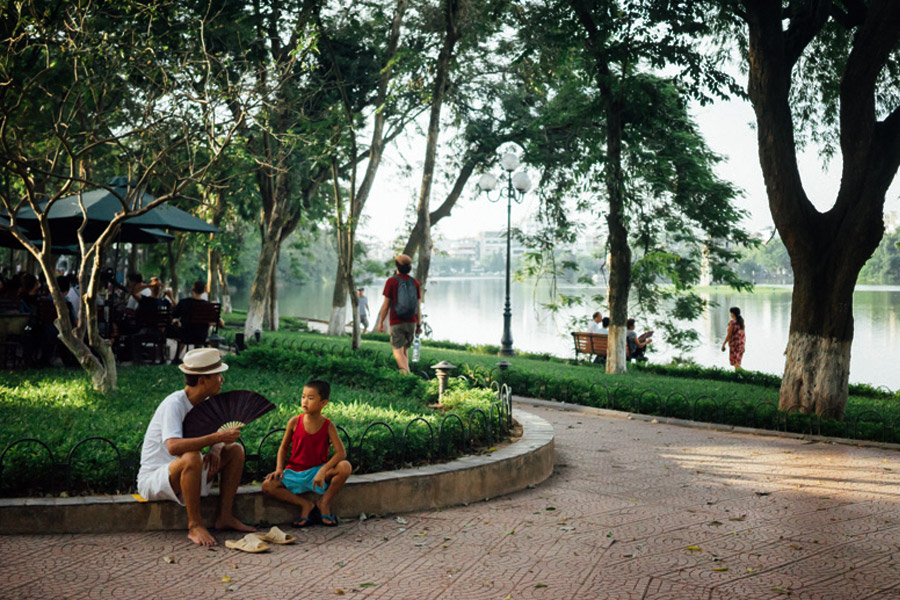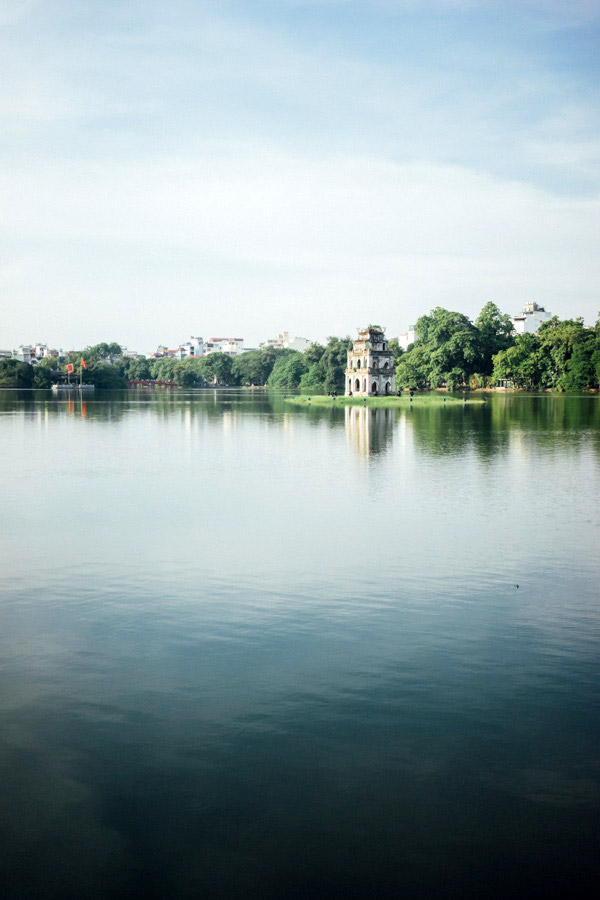Some Final Thoughts
Writing this nearly five months after our travels, my feelings for Vietnam have not changed. I have very fond memories of the place, and looking back now, these emotions are rooted in the bonds we made with the local people who showed us their diverse country. Yes, there were some rough parts of our trip - the taxi scam upon first hour of our arrival, the meals sitting on tiny stools in the gritty old town streets, the heat. But all of those things are dwarfed by how full our hearts and minds were after our month there, on the back of motorcycles with our newfound uncles, eating our way through cities with our friend Joe, and finally spending a few days with a young guide and the night with a minority village family.
Throughout the rest of our journey through Asia I was searching how to replicate our experience from Vietnam. Maybe in Myanmar that would happen? Maybe in India? Would we love any country as much as we did Vietnam?
I’m still searching...
Numbers from Vietnam
- Days in Vietnam: 27 days
- Our daily average cost for lodging and food per person: 350,000 VND ≈ $15.50
- Cost of a 1.5L water: 10,000 VND ≈ $0.45
- Cost of a Vietnamese iced coffee: 15,000 VND ≈ $0.70
- Cost of a pork bánh mì: 20,000 VND ≈ $0.90
- Cost of a bowl of pho: 20,000 VND ≈ $0.90
- Cost of a 6 hour bus ride: 220,000 VND ≈ $10.00
- Cost of renting a scooter: 100,000 VND ≈ $4.50 for 24 hours
- Total bánh mìs eaten: 27
- Total bowls of noodles eaten: 32
- Total time on an airplane: 55 minutes
- Total time on a bus: 33 hours
- Total time on a train: 12 hours
- Total time on a motorcycle: 31 hours




















